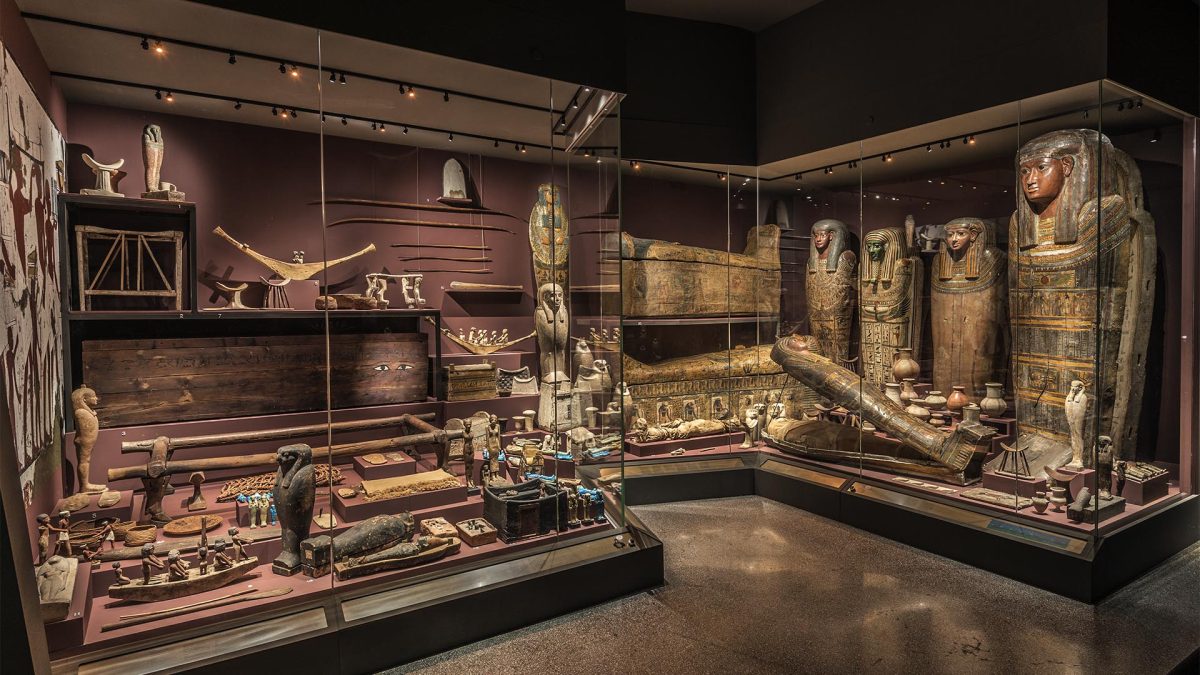In recent years, the museums of our macronational neighbors have been increasingly criticized for giving way to politicized exhibitions that convey knowledge. A few years ago, there was a considerable debate after the culture writer Ola Wong launched a frontal attack on how norm criticism and post-colonialism have become overarching ideologies that should characterize the business.
A criticism that received support from writers on both the left and right of the political scale. In Wong’s complaint, it was explicitly the World Culture Museums that were in the spotlight. And it looks like a question to which there is reason to return.
Last week, the paper Dagens ETC reported on how the Ethnographic Museum in Stockholm has taken down the permanent exhibition about the Swedish explorer Sven Hedin (1865-1952). In later reporting in other media, it has been presented as if this cancellation of the Hedin exhibition was due to the famous historian Tommy Lundmark’s criticism that Etnografiska downplayed and relativized Hedin’s well-known and controversial German friendliness during the Second World War.
But suppose you read what Etnografiska’s representative Anna Lundström expresses in Dagens ETC. In that case, it appears that the real reason for the exhibition’s removal is due to a “comprehensive decolonization work” and that the display is therefore considered “untimely.”
It is the same thinking that has led to cultural warfare campaigns across the (Western) world where museums dress in sackcloth and ashes and return their artifacts to the countries of origin, even though they may often be historically acquired objects in a completely legal way.
So it is once again post-colonialism that is out and about. An exhibition of objects collected by a once world-renowned profile is thus to be relegated to history due to modern decolonization theories. But to reject in this way the historical, cultural heritage that has been given to us, based on current and inherently controversial standards, is both anachronistic and unfair.
But there is, above all, missing a golden opportunity for imparting knowledge and reflection. Instead of cleaning up the past, it should be displayed even when it seems to be tainted with doubts in hindsight. Thus, acting would invite the visitors to independently ponder and evaluate history through the meeting between now and then.
Yes, why not even do as the aforementioned Ola Wong suggested: Display more Hedin objects instead to draw attention to Tibet and Xinjiang, where Mainland China is carrying out cultural genocide? It would be heartwarming support for suppressed people, if anything.

